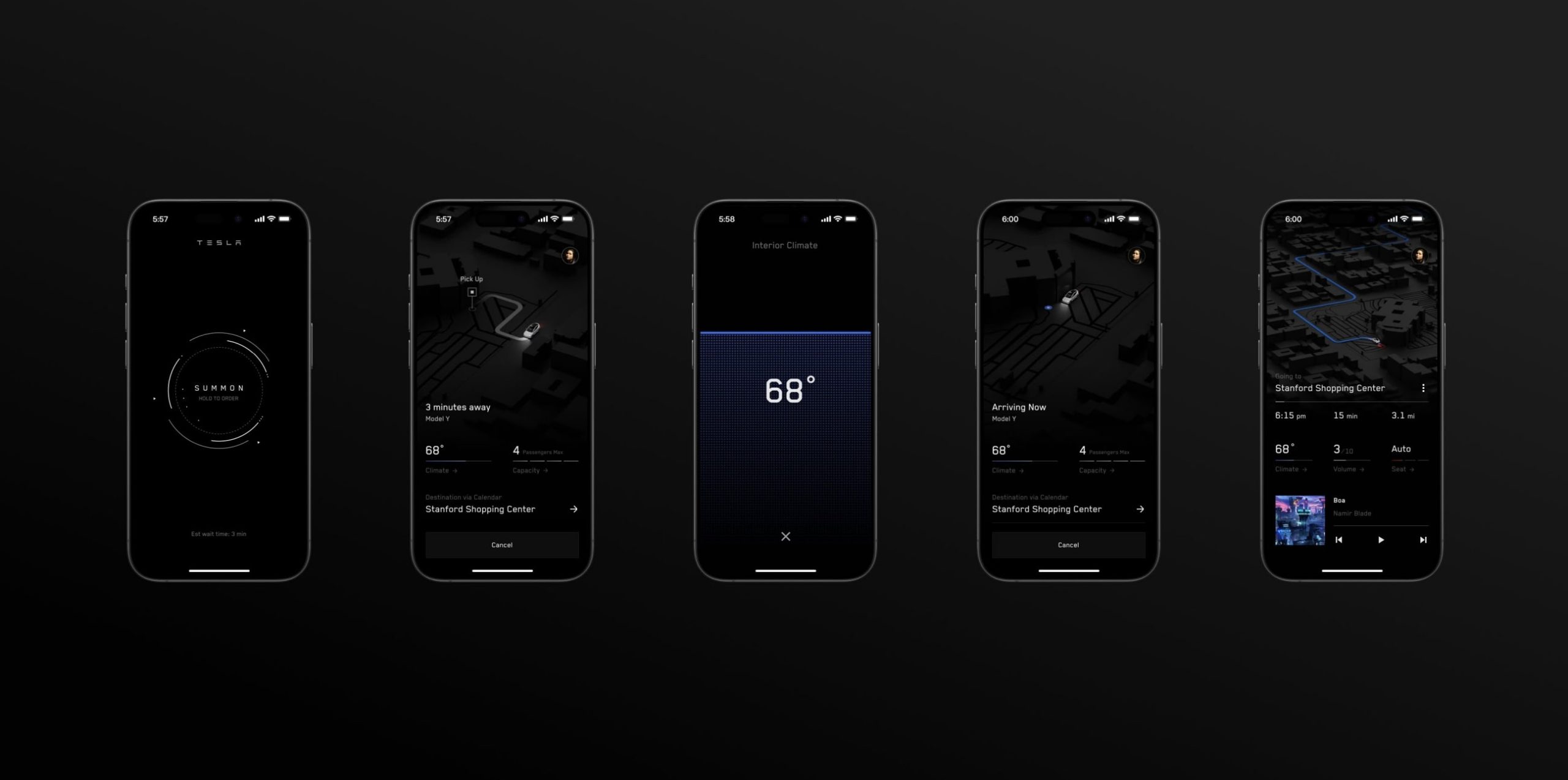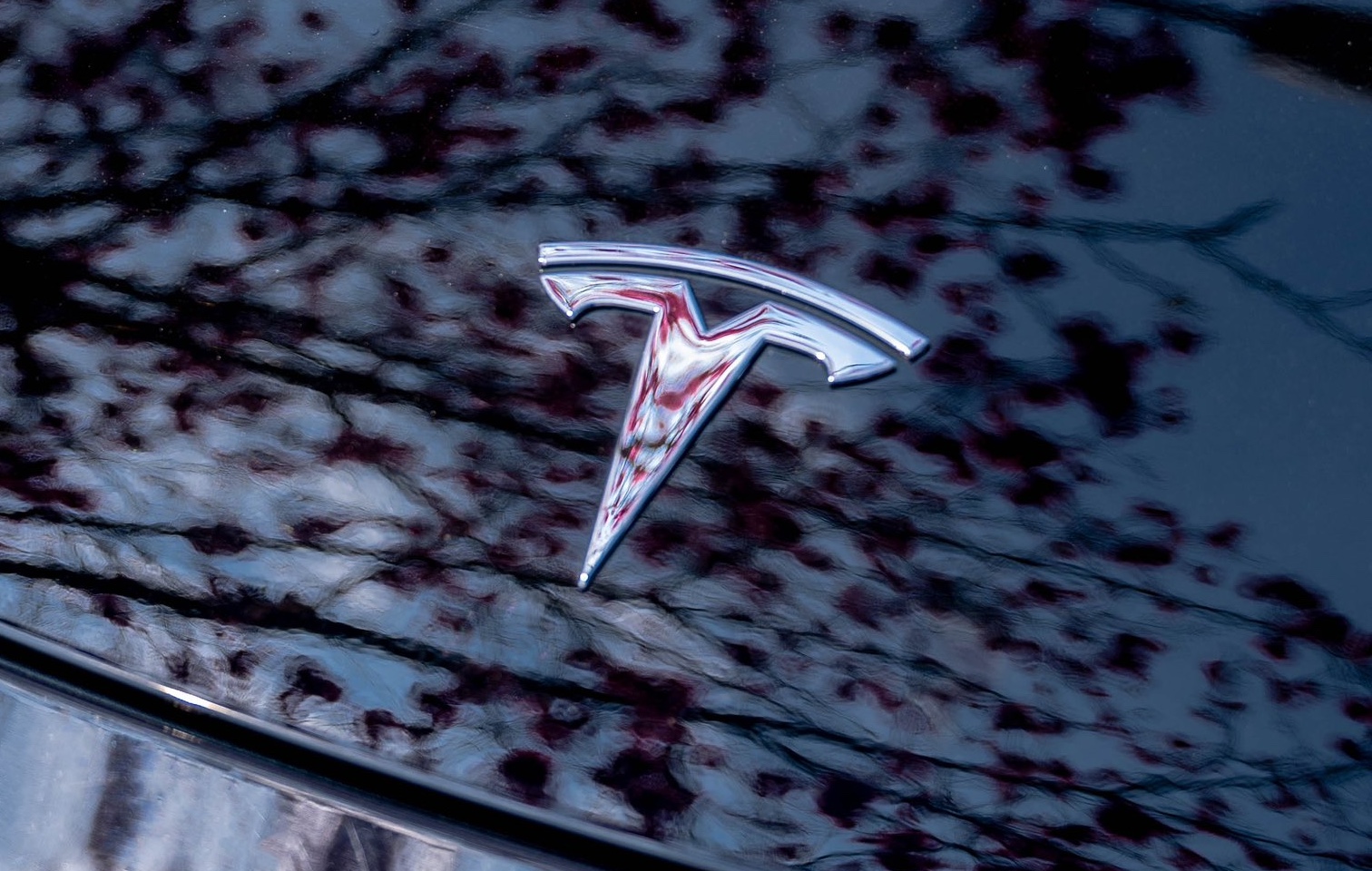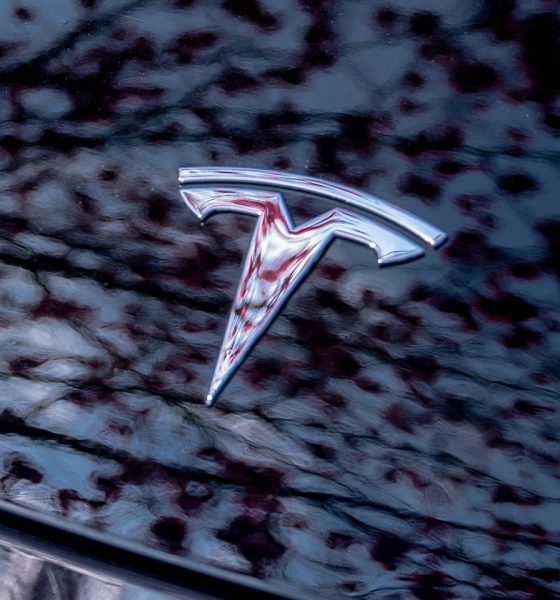Many in the Tesla and electric vehicle (EV) community have eagerly awaited the company’s rollout of a driverless ride-hailing service, and a few recent developments suggest that the company may be considering multiple U.S. cities for early pilot programs.
Tesla is in talks with Austin, Texas officials about rolling out early pilot programs for its self-driving robotaxis as early as next year, as reported by Bloomberg earlier this month, and echoing CEO Elon Musk’s previous aims to launch commercial robotaxis in 2025. As detailed in emails acquired by the publication through public record requests, a Tesla employee has already been discussing the deployment of such fleets since at least May, though the company has also been considering pilot deployment in other Texas cities.
“Tesla is still working to strategically find a city within Texas to deploy… The city of Austin is obviously on our roadmap, but has not yet been decided where we will deploy first as we have many options available,” wrote an employee in one email from November.
The report also said that Tesla reached out to the city of Austin ahead of its October 10 “We, Robot” event, during which it unveiled the Cybercab, and the employee expressed hopes to meet safety expectations in the city of Austin, along with training first responders on how to interact with autonomous vehicles.
Earlier this month, Tesla held an event at its Gigafactory in Austin to help train first responders on its autonomous vehicle technology, though the employee said it wouldn’t yet be used on public roads and would let officials know of any changes to that.
Tesla’s initial ride-hailing pilots could also target California, with internal tests already underway
During the company’s Q3 earnings call in October, Elon Musk also said that employees in the Bay Area, California were already testing ride-hailing services internally. Using the company’s development app, Tesla employees can already request rides and be taken to anywhere in the Bay, according to the CEO.
Both Texas and California cities make sense for Tesla’s initial rollout of commercial robotaxi services, especially given that Musk also said the company aims to debut ride-hailing services and “Unsupervised” Full Self-Driving (FSD) approval in both of these states in 2025, dependent upon regulatory approval. Musk also said that the current internal ride-hailing tests in the Bay Area utilize safety drivers initially, though it isn’t required to do so.
Watch Tesla’s FSD v13.2 navigate away from park in a tricky situation
READ MORE: Tesla is ramping its Cybercab testing sessions at Giga Texas
Earlier this month, a Deutsche Bank report noted that Head of Investor Relations Travis Axelrod said also said Tesla plans to utilize teleoperation during initial rollout of autonomous ride-hailing efforts, as a safety and redundancy measure. This will likely play a role wherever the company first deploys commercial ride-hailing efforts.
Tesla also teased a ride-hailing mobile app in its Q1 Shareholder Deck earlier this year, showing a summon button to order ride-hails, an estimated wait time, climate controls for during the ride, navigation details, and even the ability to select and cycle through music or other media options.
Credit: Tesla
The mobile app avatar showed a Model Y, highlighting the ability for Tesla’s other vehicles to be eligible for ride-hailing operations through the Supervised Full Self-Driving (FSD) program, which is available to any owner who purchases the software through a subscription or one-time purchase.
Tesla Cybercab, Waymo and commercial robotaxis
We also learned in October that the Cybercab features a large touchscreen, in addition to excluding a steering wheel or pedals. You can catch our first ride in the Cybercab below, as captured during Tesla’s October 10 “We, Robot” event in Southern California.
?: Our FULL first ride in the @Tesla Cybercab pic.twitter.com/6gR7OgKRCz
— TESLARATI (@Teslarati) October 11, 2024
Both Texas and California make sense as locations Tesla would deploy early ride-hailing services, especially given its Fremont factory, Palo Alto engineering headquarters, and its competitor Waymo, which already operates paid driverless ride-hailing in San Francisco and Los Angeles.
Although Tesla isn’t expected to enter production with the Cybercab until 2026, the company’s other vehicles could be used to operate commercial self-driving at some point, though it also faces multiple competitors aiming to deploy these services.
Meanwhile, Waymo, the commercial robotaxi company backed by Google parent company Alphabet, has already been operating paid driverless ride-hailing in San Francisco since last year, and it has expanded services to Los Angeles, and Phoenix, Arizona throughout this year. This week, the company said it’s now giving over 150,000 paid driverless rides per week.
Amazon owns the driverless ride-hailing company Zoox, which has recently also gained some ground in deploying commercial self-driving ride-hailing vehicles in the Bay Area.
With General Motors (GM) recently announcing the end of its self-driving arm Cruise, one less future competitor remains for Tesla in the commercial robotaxi space. Musk joining the administration of incoming President Donald Trump is also widely expected to accelerate regulation efforts in the rollout of self-driving technology, though the urgency of the emerging market is quickly becoming clearer.
Still, Musk and Tesla supporters have argued that the company’s FSD will be more scalable than companies like Waymo utilizing geo-mapping efforts, due to its AI neural network model being trained on video footage from real-time drivers across the company’s ownership network. With added safety measures like teleoperation and safety drivers in its early rollout of commercial robotaxi services, Tesla may yet be able to gain enough public and regulatory trust to start deploying these services in the coming months.
What are your thoughts? Let me know at zach@teslarati.com, find me on X at @zacharyvisconti, or send us tips at tips@teslarati.com.
Need accessories for your Tesla? Check out the Teslarati Marketplace:

News
Waymo scrutinized after self-driving taxis cause traffic jams during SF blackout
It’s not farfetched to speculate that it would have been a doomsday scenario for Tesla had FSD behaved this way.

A power outage across San Francisco over the weekend forced numerous Waymo self-driving taxis to stop at darkened intersections and cause traffic blockages in multiple locations across the city. The disruption left riders stranded, frustrated drivers blocked, and city officials stepping in as the Alphabet-owned company temporarily suspended service amid the widespread gridlock.
Needless to say, it would likely have been a doomsday scenario for Tesla had FSD behaved in a similar way, especially if fleets of its robotaxis blocked traffic for numerous drivers.
Power outage halts Waymo fleet
The outage knocked out electricity for tens of thousands of customers, leaving traffic signals dark across large parts of the city, as noted in a report from the New York Times. Waymo vehicles began stopping at intersections and remained stationary for extended periods, seemingly unable to operate. Tow truck operators worked through the night removing immobilized vehicles, while videos circulated online showing Waymos with hazard lights flashing as traffic backed up around them.
Waymo later confirmed that it had paused its Bay Area ride-hailing service after the San Francisco mayor’s office contacted the company about the congestion its vehicles were contributing to. Service began coming back online shortly after 3:30 p.m. local time, though some users still reported being unable to request rides. Waymo maintained that no injuries or accidents were reported during the outage.
Autonomous cars during emergencies
The incident surprised industry observers since autonomous vehicles are designed to function during signal outages and temporary connectivity losses. Waymo stated that its vehicles treat nonfunctional signals as four-way stops, but “the sheer scale of the outage led to instances where vehicles remained stationary longer than usual to confirm the state of the affected intersections. This contributed to traffic friction during the height of the congestion.” Experts suggested the problem may have been linked to the vehicles’ reliance on remote assistance teams, which help resolve complex situations the cars cannot handle independently.
“Yesterday’s power outage was a widespread event that caused gridlock across San Francisco, with non-functioning traffic signals and transit disruptions. While the failure of the utility infrastructure was significant, we are committed to ensuring our technology adjusts to traffic flow during such events,” the Waymo spokesperson stated, adding that it is “focused on rapidly integrating the lessons learned from this event, and are committed to earning and maintaining the trust of the communities we serve every day.”
News
Tesla aims to combat common Full Self-Driving problem with new patent
Tesla writes in the patent that its autonomous and semi-autonomous vehicles are heavily reliant on camera systems to navigate and interact with their environment.

Tesla is aiming to combat a common Full Self-Driving problem with a new patent.
One issue with Tesla’s vision-based approach is that sunlight glare can become a troublesome element of everyday travel. Full Self-Driving is certainly an amazing technology, but there are still things Tesla is aiming to figure out with its development.
Unfortunately, it is extremely difficult to get around this issue, and even humans need ways to combat it when they’re driving, as we commonly use sunglasses or sun visors to give us better visibility.
Cameras obviously do not have these ways to fight sunglare, but a new patent Tesla recently had published aims to fight this through a “glare shield.”
Tesla writes in the patent that its autonomous and semi-autonomous vehicles are heavily reliant on camera systems to navigate and interact with their environment.

The ability to see surroundings is crucial for accurate performance, and glare is one element of interference that has yet to be confronted.
Tesla described the patent, which will utilize “a textured surface composed of an array of micro-cones, or cone-shaped formations, which serve to scatter incident light in various directions, thereby reducing glare and improving camera vision.”

The patent was first spotted by Not a Tesla App.
The design of the micro-cones is the first element of the puzzle to fight the excess glare. The patent says they are “optimized in size, angle, and orientation to minimize Total Hemispherical Reflectance (THR) and reflection penalty, enhancing the camera’s ability to accurately interpret visual data.”
Additionally, there is an electromechanical system for dynamic orientation adjustment, which will allow the micro-cones to move based on the angle of external light sources.
This is not the only thing Tesla is mulling to resolve issues with sunlight glare, as it has also worked on two other ways to combat the problem. One thing the company has discussed is a direct photon count.
CEO Elon Musk said during the Q2 Earnings Call:
“We use an approach which is direct photon count. When you see a processed image, so the image that goes from the sort of photon counter — the silicon photon counter — that then goes through a digital signal processor or image signal processor, that’s normally what happens. And then the image that you see looks all washed out, because if you point the camera at the sun, the post-processing of the photon counting washes things out.”
Future Hardware iterations, like Hardware 5 and Hardware 6, could also integrate better solutions for the sunglare issue, such as neutral density filters or heated lenses, aiming to solve glare more effectively.
Elon Musk
Delaware Supreme Court reinstates Elon Musk’s 2018 Tesla CEO pay package
The unanimous decision criticized the prior total rescission as “improper and inequitable,” arguing that it left Musk uncompensated for six years of transformative leadership at Tesla.

The Delaware Supreme Court has overturned a lower court ruling, reinstating Elon Musk’s 2018 compensation package originally valued at $56 billion but now worth approximately $139 billion due to Tesla’s soaring stock price.
The unanimous decision criticized the prior total rescission as “improper and inequitable,” arguing that it left Musk uncompensated for six years of transformative leadership at Tesla. Musk quickly celebrated the outcome on X, stating that he felt “vindicated.” He also shared his gratitude to TSLA shareholders.
Delaware Supreme Court makes a decision
In a 49-page ruling Friday, the Delaware Supreme Court reversed Chancellor Kathaleen McCormick’s 2024 decision that voided the 2018 package over alleged board conflicts and inadequate shareholder disclosures. The high court acknowledged varying views on liability but agreed rescission was excessive, stating it “leaves Musk uncompensated for his time and efforts over a period of six years.”
The 2018 plan granted Musk options on about 304 million shares upon hitting aggressive milestones, all of which were achieved ahead of time. Shareholders overwhelmingly approved it initially in 2018 and ratified it once again in 2024 after the Delaware lower court struck it down. The case against Musk’s 2018 pay package was filed by plaintiff Richard Tornetta, who held just nine shares when the compensation plan was approved.
A hard-fought victory
As noted in a Reuters report, Tesla’s win avoids a potential $26 billion earnings hit from replacing the award at current prices. Tesla, now Texas-incorporated, had hedged with interim plans, including a November 2025 shareholder-approved package potentially worth $878 billion tied to Robotaxi and Optimus goals and other extremely aggressive operational milestones.
The saga surrounding Elon Musk’s 2018 pay package ultimately damaged Delaware’s corporate appeal, prompting a number of high-profile firms, such as Dropbox, Roblox, Trade Desk, and Coinbase, to follow Tesla’s exodus out of the state. What added more fuel to the issue was the fact that Tornetta’s legal team, following the lower court’s 2024 decision, demanded a fee request of more than $5.1 billion worth of TSLA stock, which was equal to an hourly rate of over $200,000.
Delaware Supreme Court Elon Musk 2018 Pay Package by Simon Alvarez










